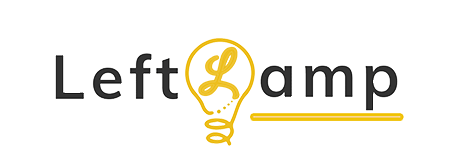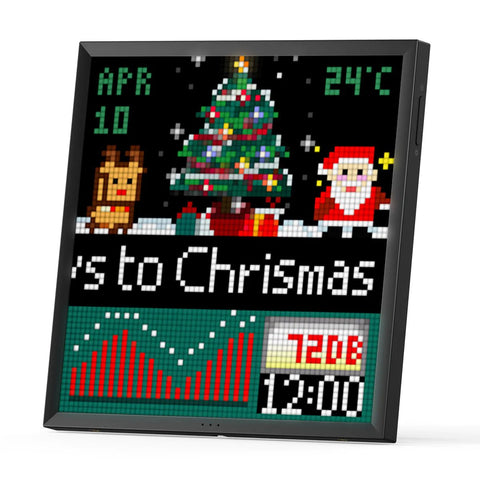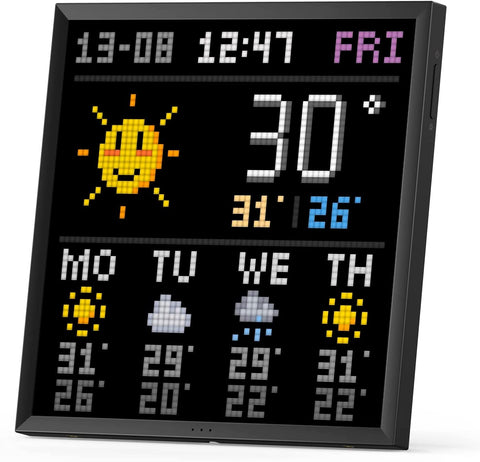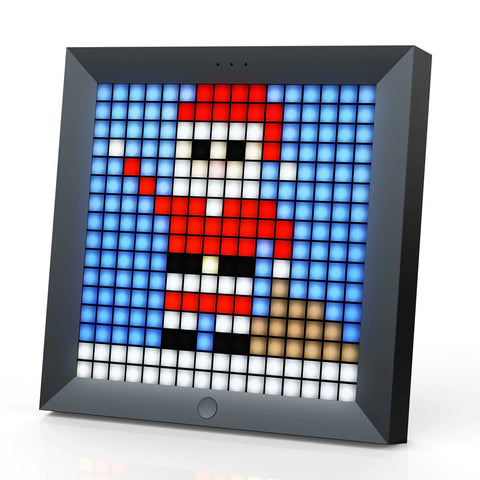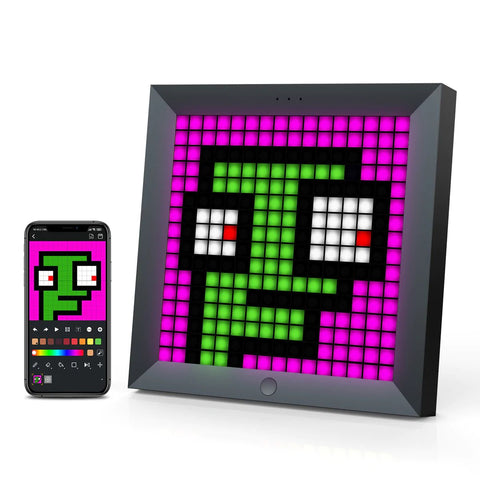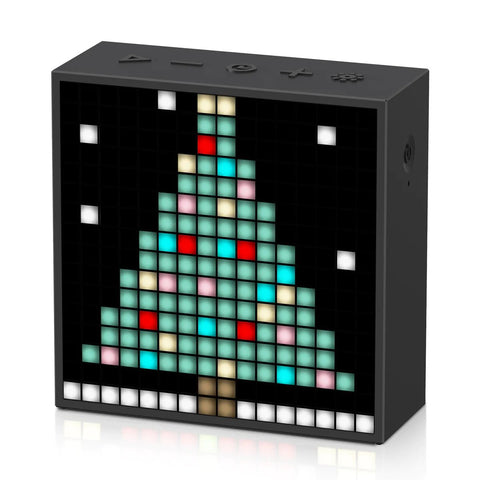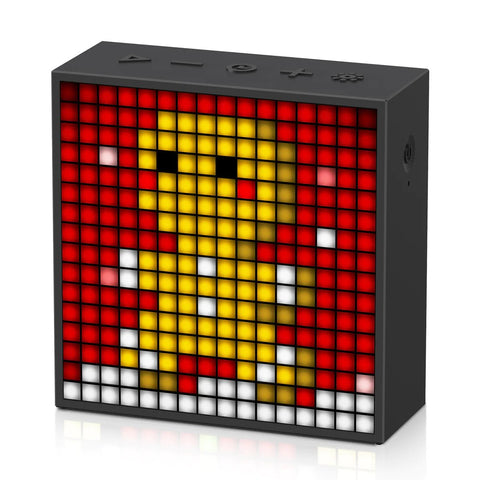Our modern world has shifted from basic photography into advanced photo and video production. Among these developments is the way lighting, previously seen as merely a necessary feature, has now become a critical aspect of innovative photography and videography. Let's dive into our insiders’ discussion on using smart lighting in unconventional gadgets for enhanced production.
What Is Smart Lighting?
Smart lighting is an advanced method of lighting that allows the user to control ambiance and lighting effects using smartphone apps or automated systems. This technology has seen significant use in both home automation and professional settings, including photography and videography.
Unconventional Gadgets: Bridging Between Smart Lighting and Photography
When we talk about unconventional gadgets in the context of photography and videography, we're referring to non-traditional devices that assist or enhance the photo or video capturing process. This includes smart LED bulbs, portable light panels, color changing lamps, and more. These gadgets offer adjustable hues, brightness levels, and even programmable settings, giving professionals more control over the design of their photos and videos.
Smart Lighting Applications in Photography and Videography
1. Enhanced Light Quality
Smart lights offer a wide range of color temperatures, providing the ability to adjust the light quality in any setting. This means photographers and videographers can achieve desired effects such as warmer or cooler shots without the need for post-processing work.
2. Mood Creation
With the myriad colors and brightness settings available in smart lighting systems, creators can tap into a palette of moods and themes. For example, a filmmaker can easily create a realistic sunrise or sunset within an indoor studio using smart light settings.
3. Precision and Control
Smart lights come with preset and customizable settings allowing for precise control over lighting conditions. Such features can offer a consistent lighting setup needed for specific scenes or themes in photography and videography.
4. Versatility
The compact size and portability of many smart light gadgets make them versatile tools for backlit, fill, and even primary light sources. Their size allows them to be placed in areas conventional lighting fixtures may not reach, thereby providing unique angles and shots.
Real-World Use Cases
Let’s explore how some photographers and videographers have used smart lighting in unconventional ways to enhance their work:
- In a recent documentary series, the production team used smart LED panels that could be operated remotely. This allowed them to change the ambiance of an interview scene on-the-go, adding depth to the narrative.
- A wildlife photographer took advantage of compact smart light devices to capture nocturnal animals. He adjusted the light to mimic the moonlight, which did not disturb the animals and enhanced the quality of photos at the same time.
- An indie filmmaker was able to use color-changing smart bulbs in her short film to denote different periods and moods without needing to change the set.
Final Thoughts
There's no arguing over the creative potential smart lighting offers to the worlds of photography and videography. As technology advances, we'll likely see even more innovative applications of smart lighting in unconventional gadgets. These dynamic times call for photographers and videographers to think creatively, and gear like smart lights can open up spaces for an affluence of innovative ideas. It's an exciting time to explore the boundaries of art and technology, and we look forward to seeing what new developments will unfold.
Whether you're a seasoned pro or just starting in the field, we encourage you to explore the world of smart lighting and see how it can enhance your work. Begin by experimenting with different settings using the tips highlighted above, and soon enough you'll be creating standout images and videos like never before!
